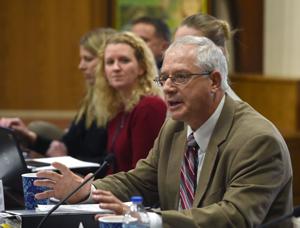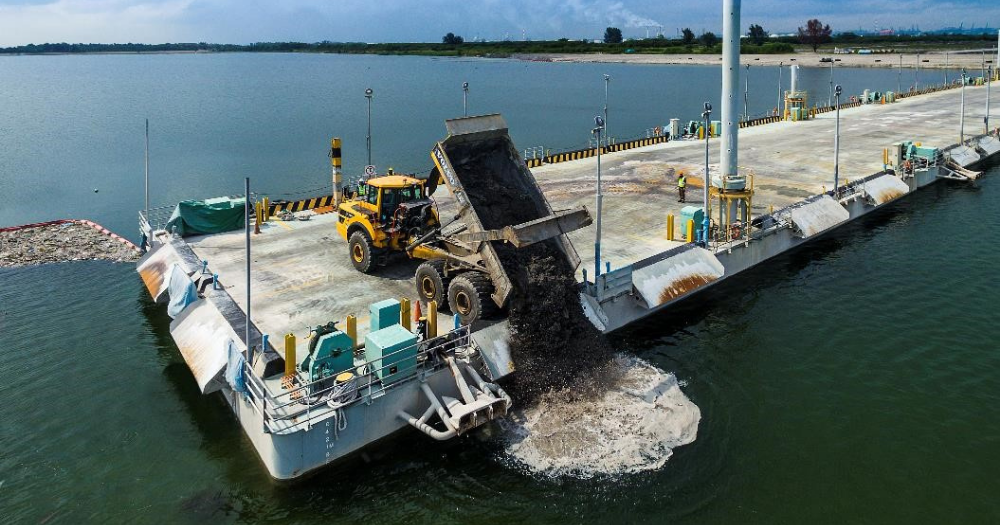
When you think of public art, it might be Banksy, the Fourth Plinth or Boudicca outside parliament. Or Angel of the North and Brick Train in Darlington. Maybe the recent Slipstream , greeting you as you arrive in Heathrow Terminal 2.
But last summer our charity, Heritage of London Trust , restored a fabulous 1950s statue in Hammersmith and began looking into public art all over London. There appears to be a peppering of public spaces with sculpture. Who is it for and why is it there? Who is deciding and why is there quite so much in Park Lane.

..? Last year marked 60 years since the most ambitious government sponsored art scheme of any city in the UK – the London County Council’s (LCC) Patronage of the Arts scheme.
From 1956 to 1964 the LCC commissioned more than 70 artworks for public spaces across the capital. Most survive, though they are barely known. They were part of the LCC’s social mission to bring London’s communities together after the trauma of the Second World War , create attractive public spaces around housing estates and schools and inspire young Londoners with civic ideals.
Get the latest news and insight into how the Big Issue magazine is made by signing up for the Inside Big Issue newsletter The artworks had wholesome themes of family, work, children, play and sport. They were often designed to be played on, interacted with, engaging for children as well as adults, and they formed centrepieces of the newly designed estates in the city. Artists commissioned were the great and famous – Henry Moore – but also lesser-known refugees: Karel Vogel and Franta Belsky from Czechoslovakia, German-born Heinz Henghes, Austrian Georg Ehrlich.
Many experimented with sculptures in concrete and fibreglass as well as bronze. Over half of their works still survive. Dr Nicola Stacey Sixty years later, most are in need of restoration.
In July we restored the Leaning Woman by Vogel in Hammersmith. Made of concrete, she floats in the air, leaning into the flow of the traffic on the Great West Road. Her model was refugee art student Jutta Zemke and we met Jutta’s son, Alex Cardew, so we know that his mother leant on a broom and read a book from a music stand.
We are restoring Bull in Wandsworth by Robert Clatworthy, Generations in Maitland Park Estate, Camden by Geoffrey Harris, Striding Ma n by Oliffe Richmond in Dulwich, and William Mitchell’s two 1960s murals in the entrance to two housing blocks in Lewisham. Next in line is Gulliver , by Trevor Tennant, in Limehouse, which we hope to take on early this year. How art helps us make sense of an uncertain world ‘I cried my eyes out making this’: Meet the artists in homeless exhibition backed by Prince William Fin DAC: ‘As a creator of public murals, I aspire to leave spaces brighter than I found them’ Many of these pieces were controversial in their time – modernist, sometimes partially nude figures unfamiliar to the respectable residents of the new high-rise estates.
But in the following decades they became loved artworks, adopted by generations of children who grew up around them. Even in their faded condition, residents still feel affection and a sense of ownership. A local ballet dancer commented on the Leaning Woman : “This is my lady, I pass through this place every morning and I embrace it, when I’m feeling down or depressed, I speak to her and it’s been helpful.
” A youth group visits the. Leaning Woman. Image: Heritage of London Trust Four hundred local young people were involved with the restoration of the Leaning Woman and found inspiration in its story.
Daniel, aged 15, said: “Vogel came from a different country. It was during the time London got bombed and that piece of art was made during a time of struggle so it represents that you can do anything no matter the situation.” Free to visit and on your doorstep, these public sculptures embed in people’s lives and experiences in the way that many art collections, wonderful as they are, cannot.
Today’s public art is mainly in commercial settings – outside offices – or in public squares, shopping centres or roundabouts. There are few creative schemes to beautify new housing with artworks. Instead it is piecemeal – with bureaucracy stifling for artists and challenging for local authorities.
Engagement is very rare – there is seldom a sign offering information on the artist and their ideas or inspiration, let alone school visits. Imaginative engagement with public art makes it loved and relevant. It uplifts and inspires and creates a sense of pride.
This extraordinary and ambitious postwar scheme shows the value of public art that is truly for local people. Sixty years on it’s a good moment to consider the impact of these wonderful sculptures. Many have ideas about sharing the government’s art collection in town halls and libraries, giving children a “culture pass” to access museums and galleries, or improving creative arts opportunities in the curriculum.
Funding a scheme for public art, that will become the heritage of generations in the future, should be added to the list. Dr Nicola Stacey is director of Heritage of London Trust , a charity that restores historic buildings, monuments and artworks. Do you have a story to tell or opinions to share about this? Get in touch and tell us more .
Big Issue exists to give homeless and marginalised people the opportunity to earn an income. To support our work buy a copy of the magazine or get the app from the App Store or Google Play . Share Analysis Art From the magazine London Second world war.











